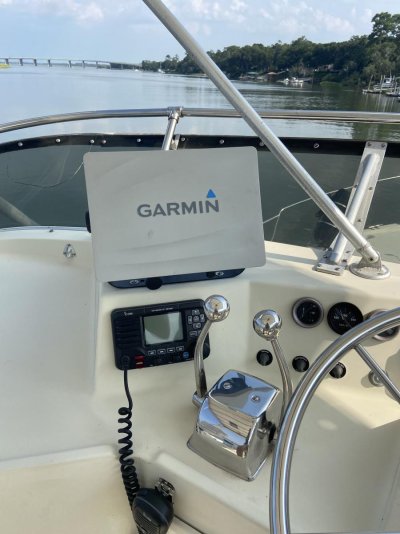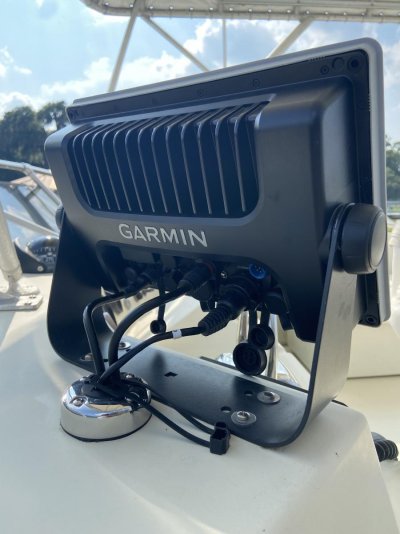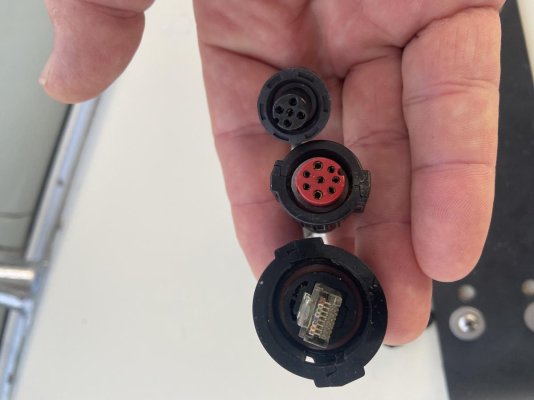ORIF
Senior Member
I'm looking for opinions on how others care for electrical connections to outside mounted electronic equipment. My Garmin gps is not in-dash. When not in use I usually remove the head unit and rubber band a sandwich bag over the plugs. At some point I forgot to bag the terminals. They corroded a little bit and caused a power up issue. This was rectified by filling the holes with dielectric grease and plugging and unplugging a few times.
The plugs have seals. Does anyone just leave their electronics out and plugged in? Is it possible to obtain the male side of the fittings with screw on sealed attachments?
Male plugs are available but not sure about screw-on sealable options like on the unit. Then I could leave them dummy plugged.
What do others do?
The plugs have seals. Does anyone just leave their electronics out and plugged in? Is it possible to obtain the male side of the fittings with screw on sealed attachments?
Male plugs are available but not sure about screw-on sealable options like on the unit. Then I could leave them dummy plugged.
What do others do?



